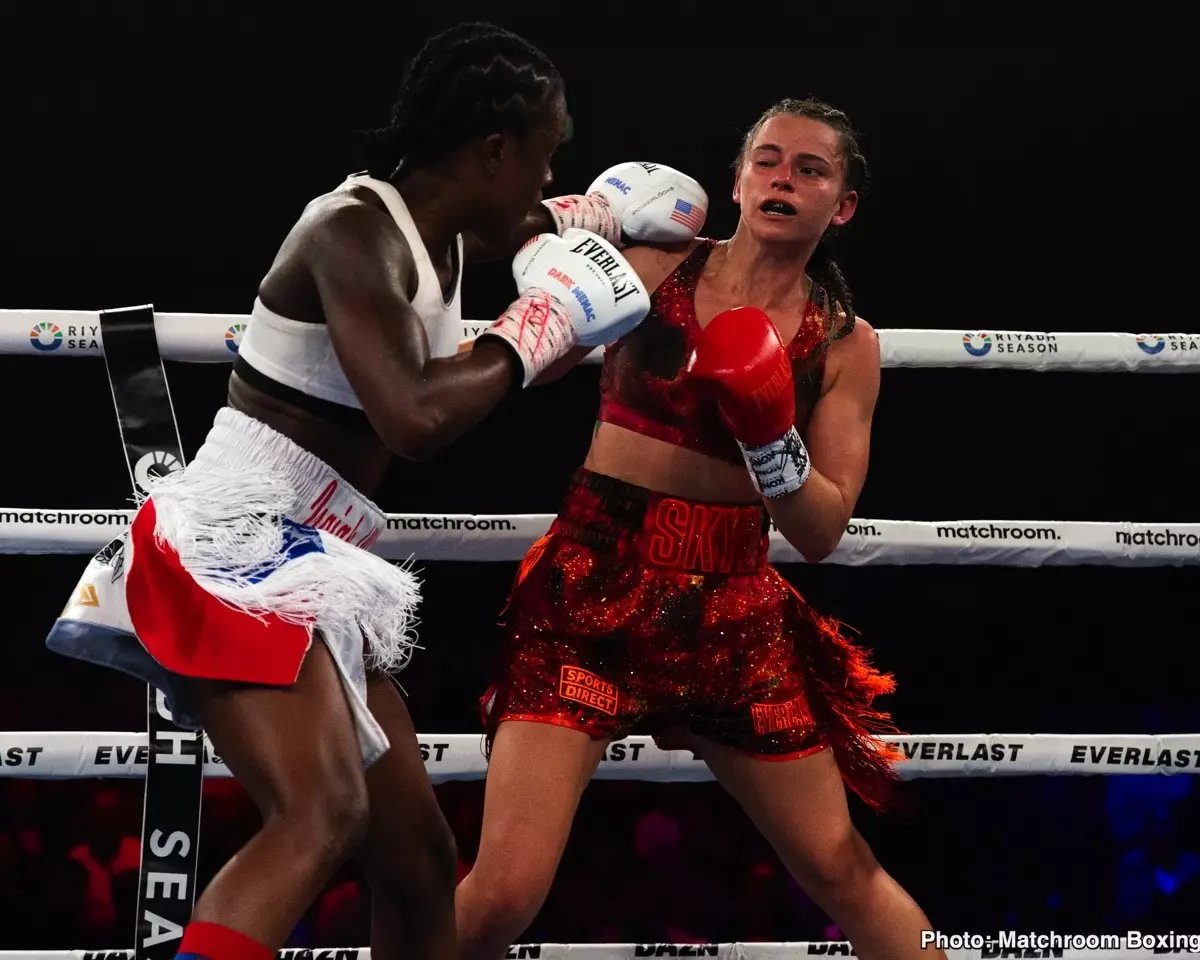The recent split decision victory for Tiara Brown over Skye Nicolson has left the boxing community buzzing with mixed opinions. Many observers, including promoter Eddie Hearn, were taken aback by the way the fight played out, particularly in terms of scoring. While it’s not uncommon for fights to provoke debate over their outcomes, this particular bout, held at the Qudos Bank Arena in Sydney, Australia, seems to have highlighted deeper issues in how fights are officiated and perceived, especially in a home territory context.
Hearn’s sentiments reflect a broader uneasiness among fans and analysts alike. With two judges scoring the fight in favor of Brown while one saw it for Nicolson, the inconsistency raises questions about not only the judges’ effectiveness but also the overall integrity of boxing at this level. It’s this odd duality of perspectives that fuels a narrative where neither side feels entirely justified or validated.
In-Depth Analysis of the Fight Dynamics
A look at the fight reveals that while Nicolson may have aimed to execute her hit-and-run strategy effectively, Brown was unyielding. From the opening bell, Brown’s intensity and offensive prowess were palpable. She came charging into the ring, throwing combinations and putting pressure on Nicolson, who struggled to find her footing. The stark contrast in fighting styles was evident, with Brown capitalizing on Nicolson’s defensive maneuvers that appeared more like desperation than skillful boxing.
This disparity in performance undoubtedly played a pivotal role in the judges’ assessments. Many spectators commented on how Nicolson’s approach ultimately fell flat, veering towards what some might call ‘ugly spoiling’, as opposed to showcasing the refined prowess that originally earned her the title. It’s a disservice to her capabilities as a fighter to only paint this defeat in poor light; however, it’s essential to note that fights are often judged on their immediate impact and effectiveness rather than potential on paper.
The Controversial Role of Home Judging
Hearn’s disappointment with the Australian judge, Phil Austin, highlights a critical aspect of boxing: home advantage can lend a false sense of security. The expectation that home fighters will receive favorable treatment can sometimes backfire, as was the case in this bout. Austin’s scoring led to an uproar among fans who felt Brown’s performance was evidently superior. Hearn didn’t shy away from expressing his unease, labeling the scorecard choices “disgusting” and suggesting that they reflected poorly on the judging process as a whole.
Viewing this incident through a broader lens forces us to confront the idea that judging in boxing can sometimes appear arbitrary, influenced by factors not solely related to performance. There was an inherent tension in how judges the world over perceive each fighter, and Austin’s initial reluctance to give Nicolson any credit in the later rounds raises serious ethical considerations about impartiality, especially in high-stakes matches.
Implications for the Future of Women’s Boxing
The implications of this fight extend beyond the immediate disappointment for Nicolson and her camp. This bout serves as a crucial teaching moment for both up-and-coming fighters and promoters within the women’s boxing arena. As women’s boxing continues to grow in popularity, the standards for judging, along with a clear understanding of how to effectively maximize one’s performance and strategy in the ring, need to be held to a higher standard.
Moreover, the public discourse sparked by this fight underscores the growing demand among fans for transparency and fairness in officiating. If the sport hopes to maintain its credibility, especially among younger fans intrigued by women’s matches, addressing these inconsistencies is essential. Neither Hearn’s frustration nor the fan uproar can simply be dismissed as figureheads in a post-fight narrative—they signify a growing concern about the legitimacy of the sport.
In the shadow of this contentious encounter lies the rich potential for growth within women’s boxing, if only the sport can confront its issues head-on rather than gloss over them in the name of tradition and home advantage. Brown emerged victorious, but both fighters, alongside the boxing community, must take away pivotal lessons from this bout in pursuit of progress in the arena.


Leave a Reply